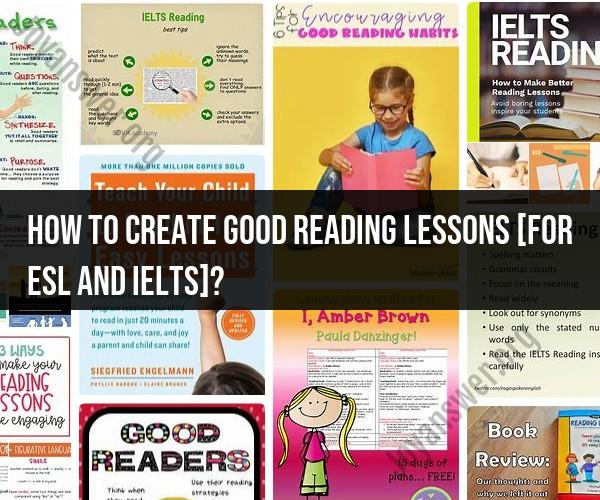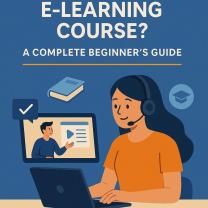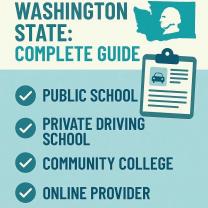How to create good reading lessons [for ESL and IELTS]?
Creating engaging reading lessons for ESL (English as a Second Language) and IELTS (International English Language Testing System) students involves careful planning and a focus on developing essential reading skills. Here are steps to help you create effective reading lessons:
Determine Learning Objectives:
- Begin by defining clear and measurable learning objectives. What specific reading skills or strategies do you want your students to develop?
Select Appropriate Texts:
- Choose reading materials that align with the proficiency level and interests of your students. For ESL students, start with texts that match their current reading abilities.
Pre-Reading Activities:
- Before diving into the text, introduce the topic and activate prior knowledge. This can be done through discussions, brainstorming, or showing relevant images or videos.
Vocabulary Pre-teaching:
- If the text contains challenging vocabulary, pre-teach key words to ensure comprehension. Use visuals, context, and examples to reinforce understanding.
Reading Strategies:
- Teach reading strategies such as skimming (quickly reading for the main idea), scanning (looking for specific information), and in-depth reading (comprehensive understanding).
Active Reading:
- Encourage students to annotate or take notes while reading. Highlighting key points, jotting down questions, or summarizing sections can promote active engagement.
Comprehension Questions:
- Develop a set of comprehension questions that guide students through the text. These questions should vary in complexity, from basic comprehension to higher-order thinking.
Discussion and Analysis:
- After reading, facilitate discussions to encourage critical thinking and analysis. Ask open-ended questions that require students to express opinions and support their views with evidence from the text.
Peer Interaction:
- Promote peer interaction by having students work in pairs or small groups to discuss the text. This encourages collaborative learning and language practice.
Writing Assignments:
- Assign writing tasks related to the text. This could include summarizing, paraphrasing, or responding to the content in essays or short paragraphs.
Listening Activities:
- Incorporate listening exercises that relate to the reading material. This reinforces comprehension and helps with listening skills.
IELTS Focus:
- If your students are preparing for the IELTS exam, include tasks that mimic the format and content of the IELTS reading section. Provide timed practice to build test-taking skills.
Feedback and Assessment:
- Provide constructive feedback on written assignments and monitor students' progress. Regular assessments can help you gauge their development.
Reflect and Adjust:
- After each lesson, reflect on what worked well and what could be improved. Adjust your teaching methods based on the feedback and outcomes.
Variety and Authenticity:
- Introduce a variety of reading materials, including news articles, short stories, academic texts, and authentic IELTS practice tests.
Cultural Sensitivity:
- Be sensitive to cultural differences that may affect students' understanding of the text. Provide context and explanations when necessary.
Encourage Independent Reading:
- Encourage students to read independently outside of class. Suggest books, websites, or articles that align with their interests and language proficiency.
Stay Updated:
- Keep up with current events and trends that may be of interest to your students. Incorporate relevant and up-to-date materials into your lessons.
Remember that reading lessons should be dynamic and adaptable to the needs of your students. Flexibility and responsiveness to their progress and feedback are key to creating engaging and effective reading lessons for ESL and IELTS students.












